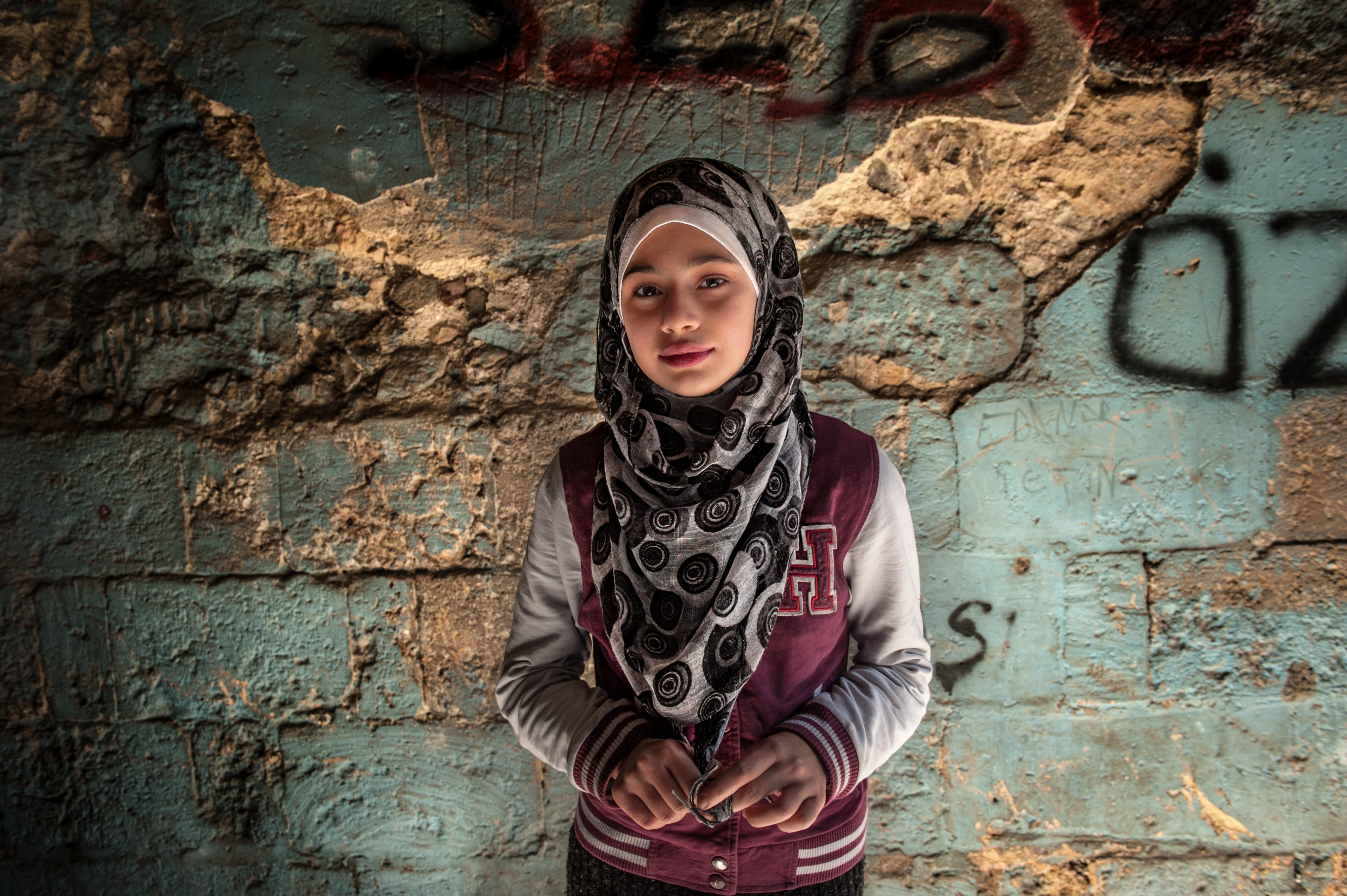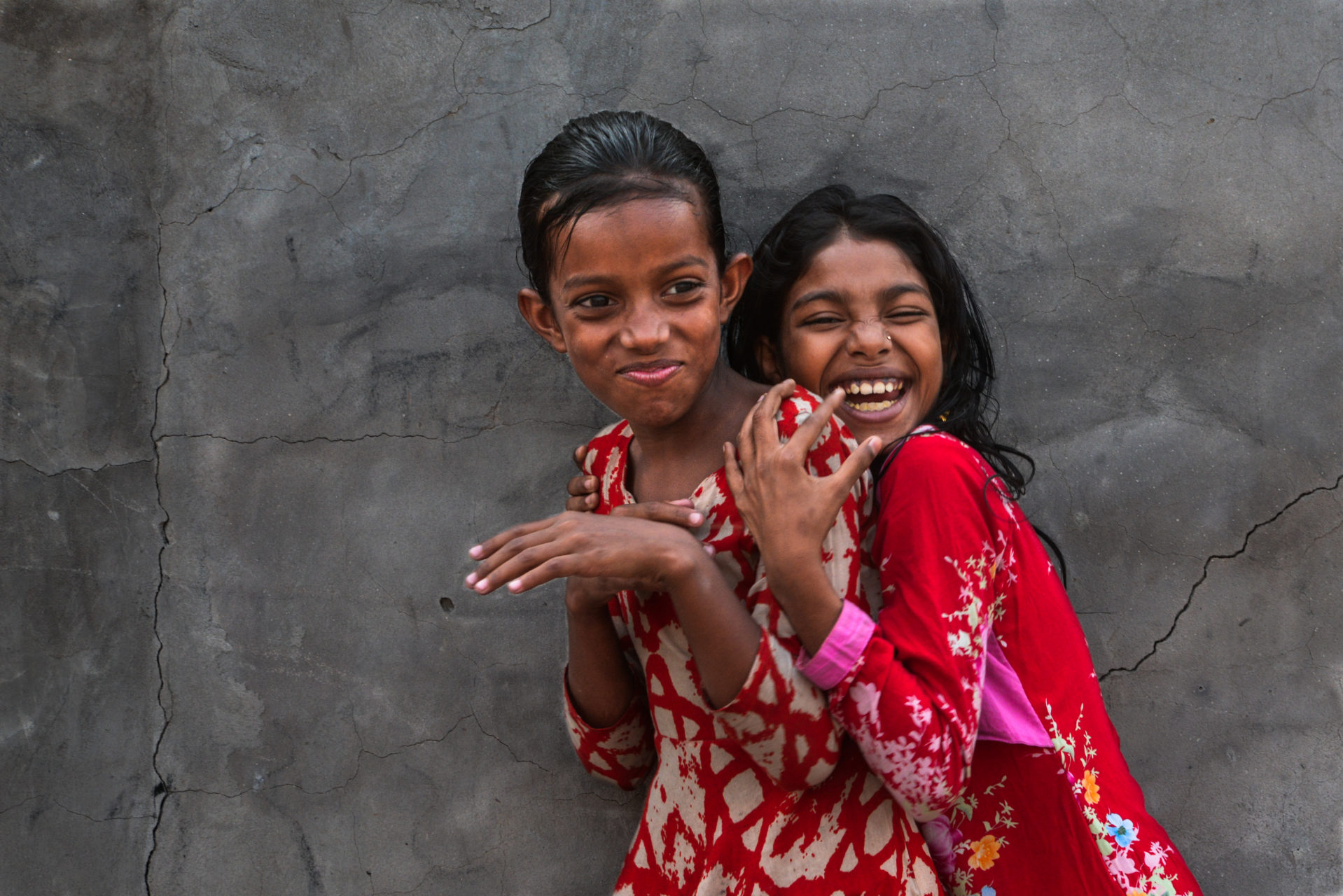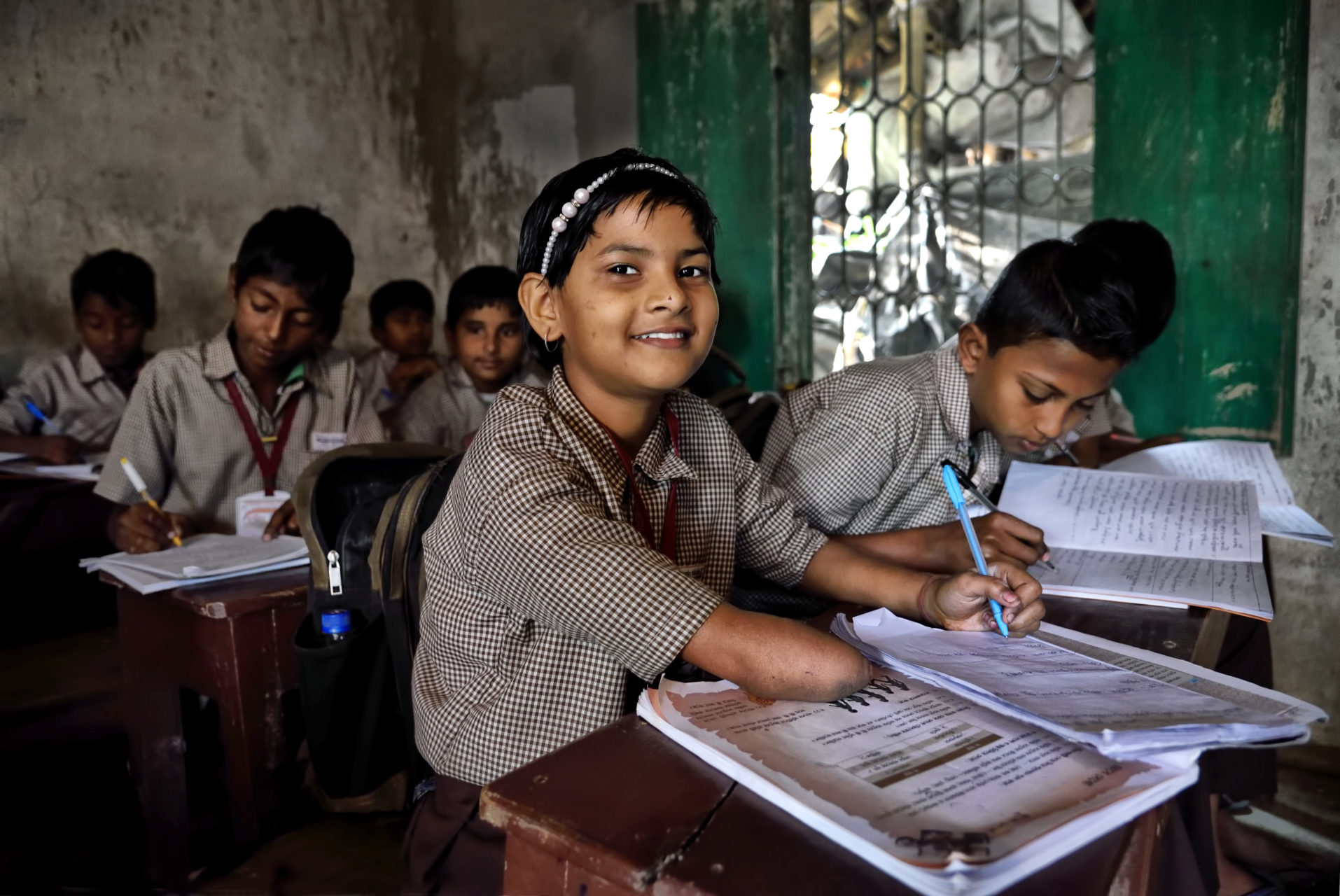
Ending Violence Against Children
Children deserve a world where they are safe, protected, and empowered. For millions of children around the world, this is not the case. A child dies of every five minutes as a result of violence. Annually, more than 1 billion children worldwide are exposed to violence in their homes, schools and communities. In schools, 246 million boys and girls experience gender-based violence, with girls at a higher risk of sexual violence, harassment and exploitation. Nearly one in three adolescent girls aged 15 to 19 have been victims of violence.

Societies Suffer When Children Suffer
Physical and Psychological Effects of Violence: Beyond the unnecessary hurt and pain it causes to children themselves, violence undermines children’s sense of self-worth, hindering their short- and long-term health as well as the development of individuals and communities.
- Trauma and injury response: Exposure to traumatic experiences can produce toxic stress. This can alter the structure and functioning of the brain during the formative early years and impede emotional intelligence.
- Underdeveloped brains and organs: Exposure to violence keeps children’s brains and other organs from developing properly.
- More likely to develop heart disease, lung disease, and other diseases: Continued exposure to violence, and the stress that accompanies it, makes children more likely to develop heart disease, diabetes, lung disease, and other injuries.
Cycles of Violence: Children and youth exposed to violence are more likely to become violent adults and continue harming country health, communities, and individual relationships.

Violence at School Erodes Potential
To fully realize their potential, children need a safe, nurturing, and inclusive environment in which to grow, learn, thrive, and succeed. Yet for many students all over the world, the presence or threat of violence at school compromises their ability to fully benefit from educational opportunities. In 2016 alone, close to 500 attacks or threats of attacks on schools were documented or verified in 18 conflict-affected countries or
areas. Worldwide, close to 130 million (slightly more than one in three) students between the ages of 13 and 15 experience bullying. This is particularly true for students that identify as part of the LGBTI community.
Economies Hurt When Children Hurt
The largest cost to the economy is the impact of physical, psychological, and sexual violence against children at around $7 trillion annually. Around 1 in 10 children worldwide are child laborers: the lost opportunities in school, and on-the-job and other related injuries, amount to $97 million annually.
Children involved in armies/militias lose valuable education, experience psychological trauma, and may suffer injuries. Combined, this amounts to $144 million annually.
Ending Violence Against Children is Smart Investing
Protecting children creates more stable environments and cements the impacts other development initiatives. Effective protection policies keep families and communities from exerting extra effort to care for their children. When there are proper guards for children, the impact of witnessing and experiencing violence can be mitigated. Protecting children from violence helps communities remember their most vulnerable members and breaks the cycle of violence that starts when children are young.
Girls are Disproportionately Impacted by Violence
Violence against girls and women has a terrible impact on the lives of all children – on girls who suffer from attacks, on girls and boys who must cope with the effects of violence. Forms of gendered violence include rape, domestic violence, acid burning, dowry deaths, so-called honor killings, human trafficking, and other harmful practices.
- In 38 low- and middle-income countries, close to 17 million adult women report having experienced forced sex in childhood.
- Women and girls together account for 71% of human trafficking victims; nearly three out of every four trafficked women and girls are trafficked for sexual exploitation.
Resources for Congressional Staff
In 2016, 10 development organizations, including USAID, the CDC, and PEPFAR, launched the INSPIRE package of evidence-based strategies to end violence against children. These seven strategies target households, communities, and institutions to prevent and better respond to childhood violence and give countries, communities, and other stakeholders a place to begin targeting multiple root causes of violence
against children.
Implementation and enforcement of laws
Norms and values
Safe environments
Parent and caregiver support
Income and economic strengthening
Response and support services
Education and life skills